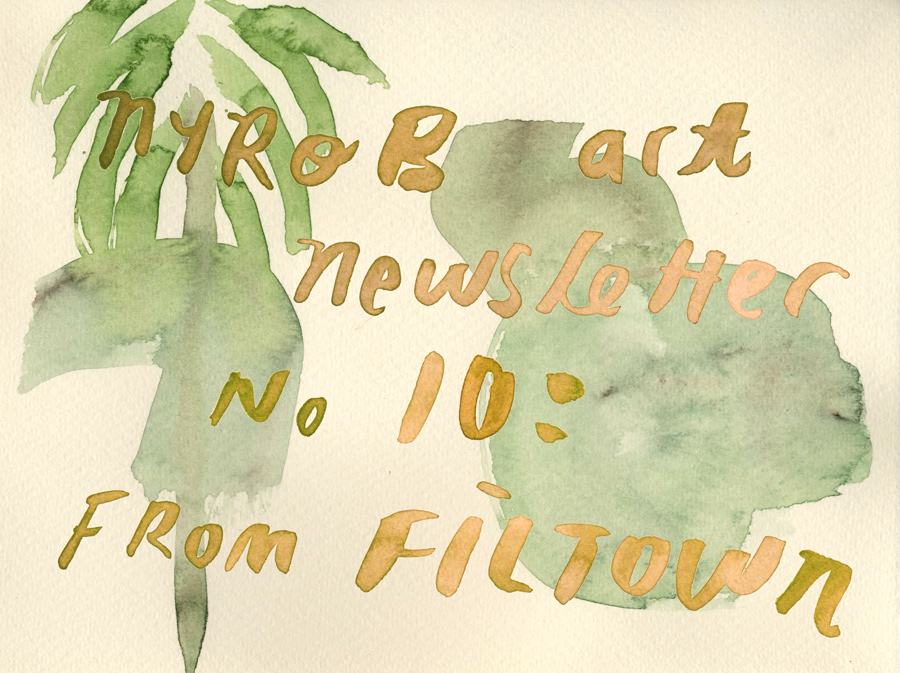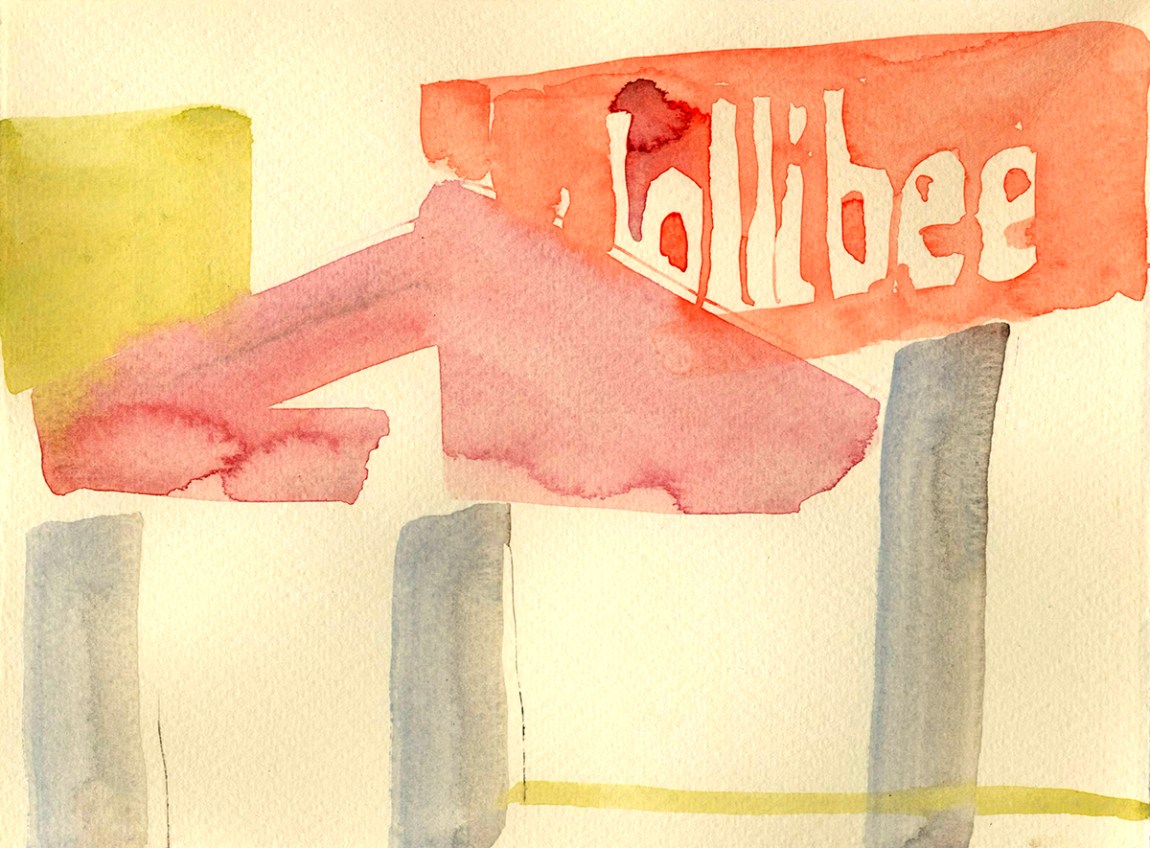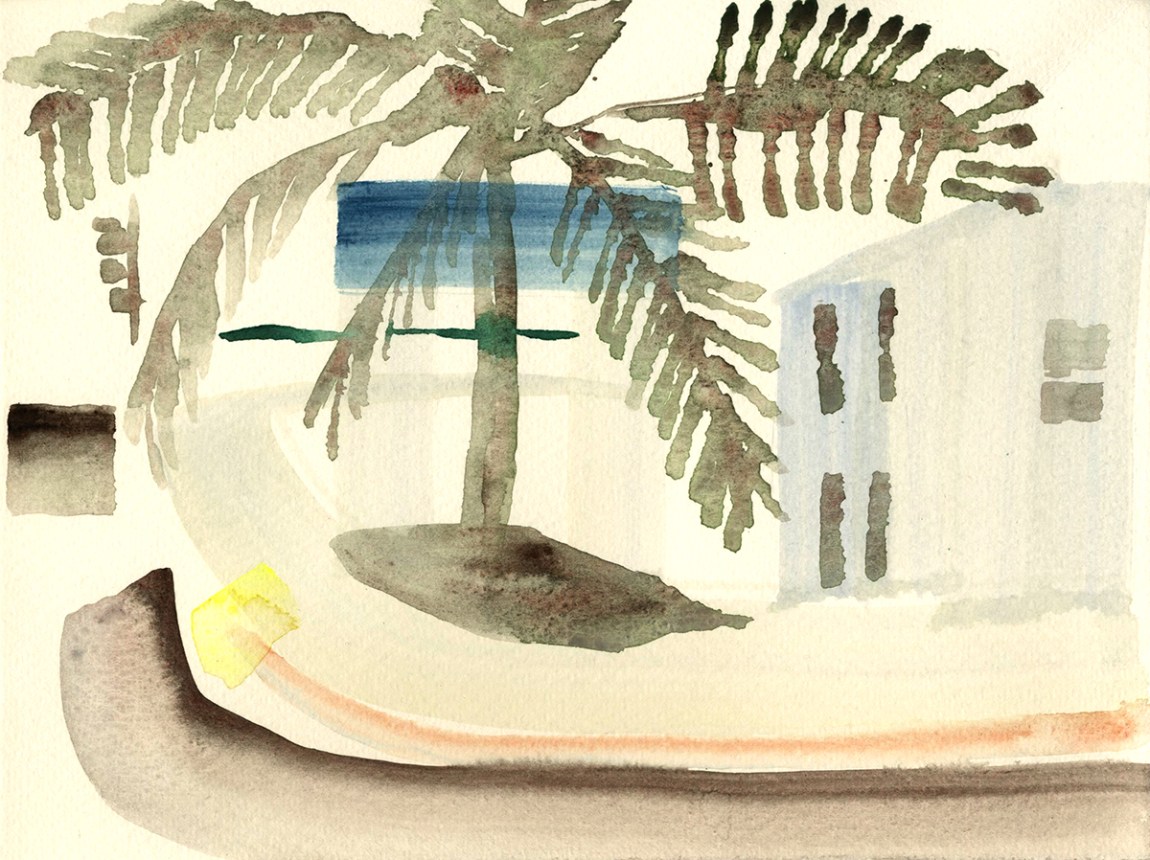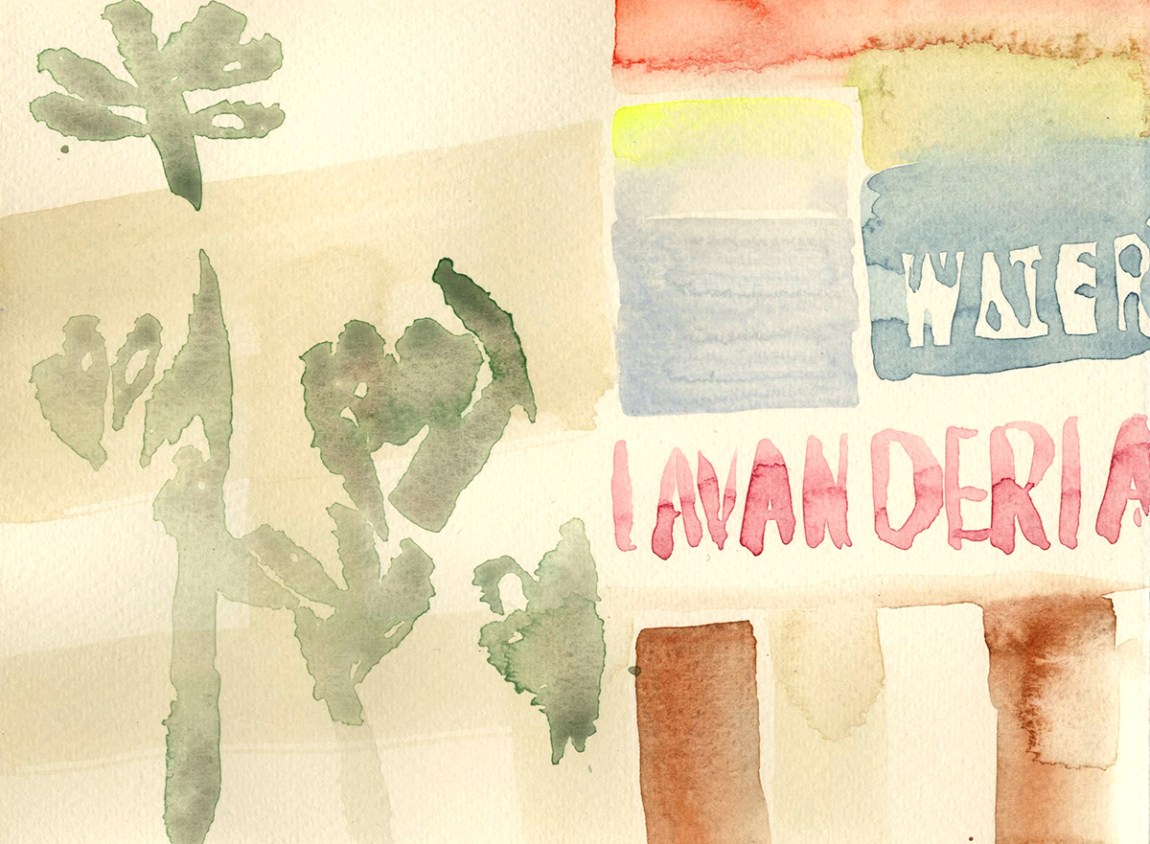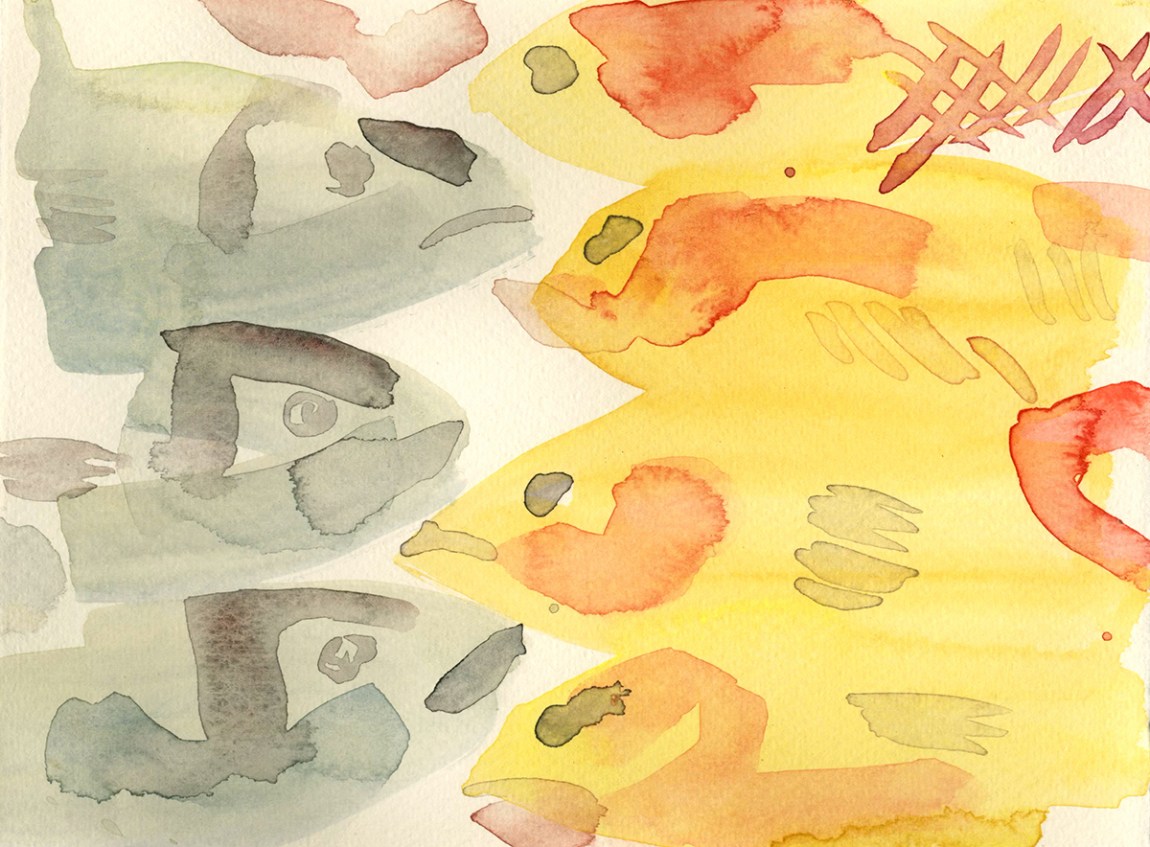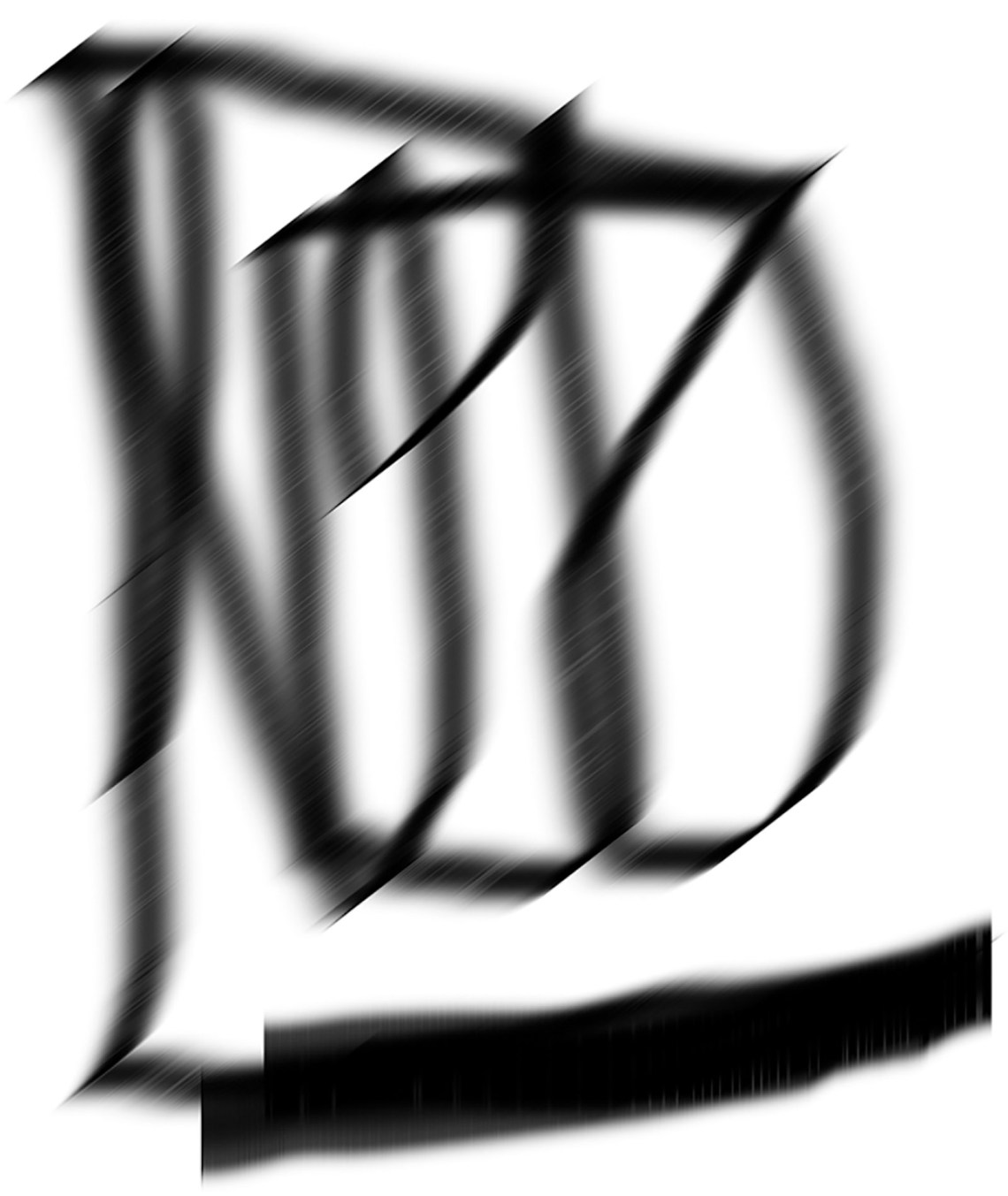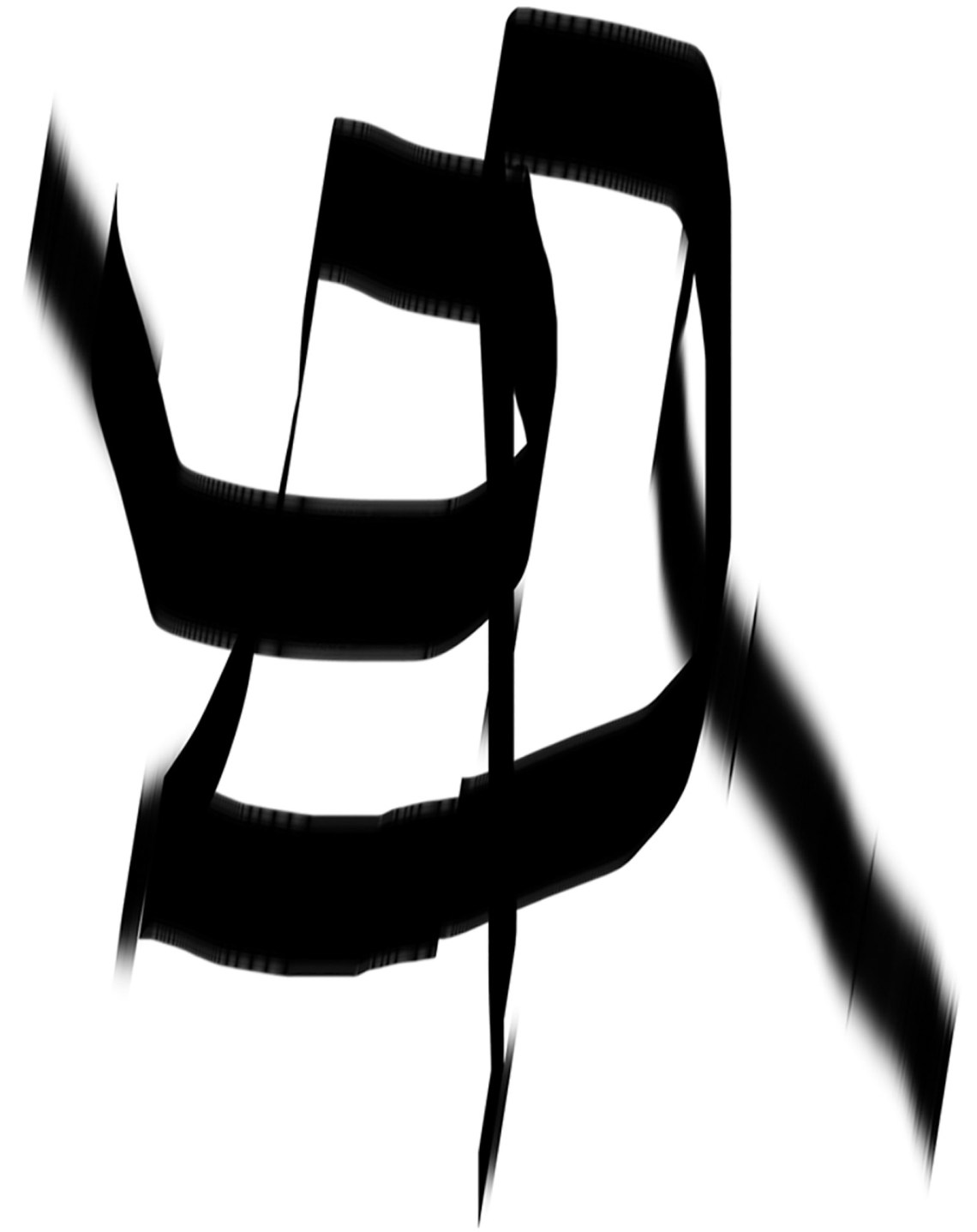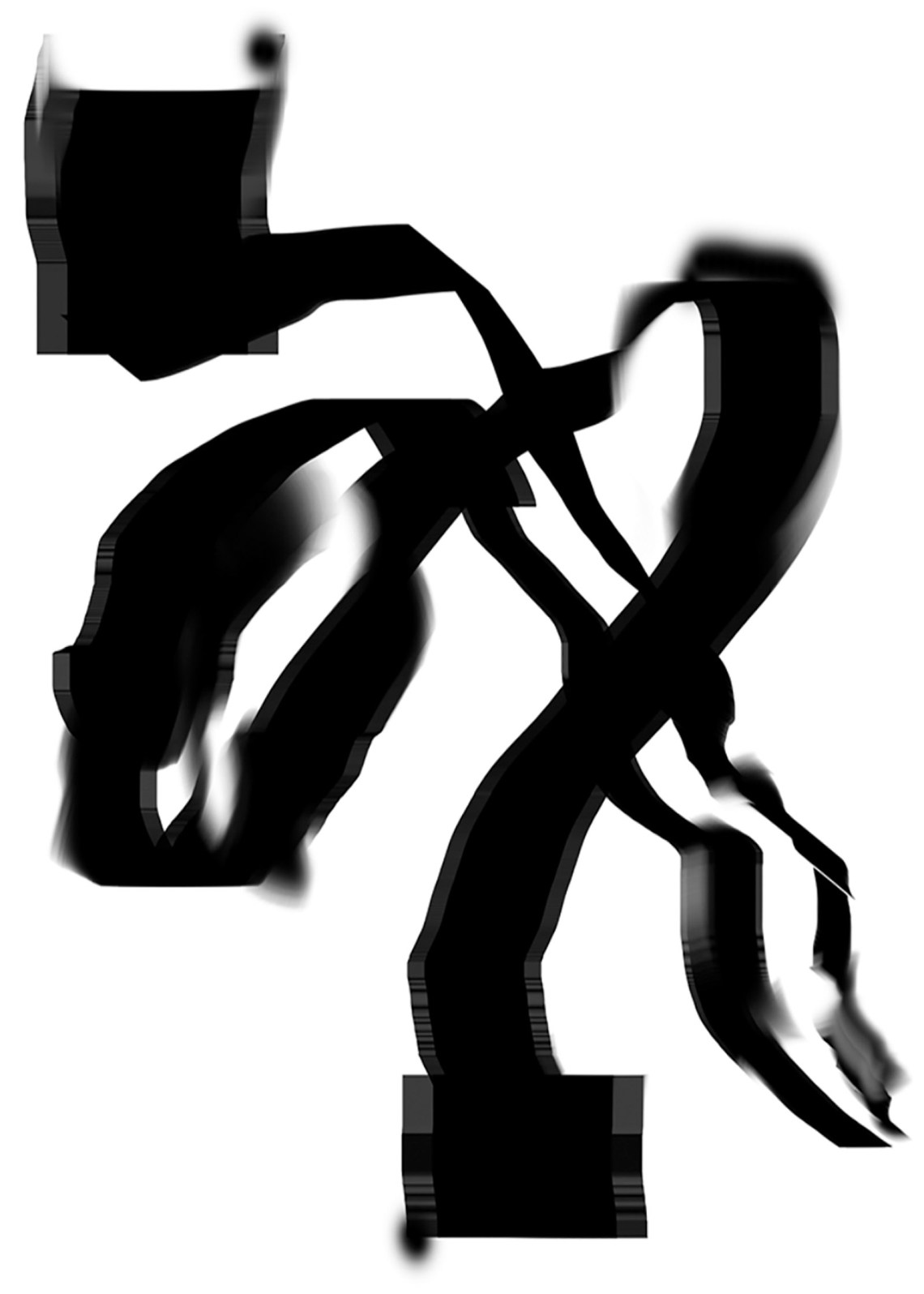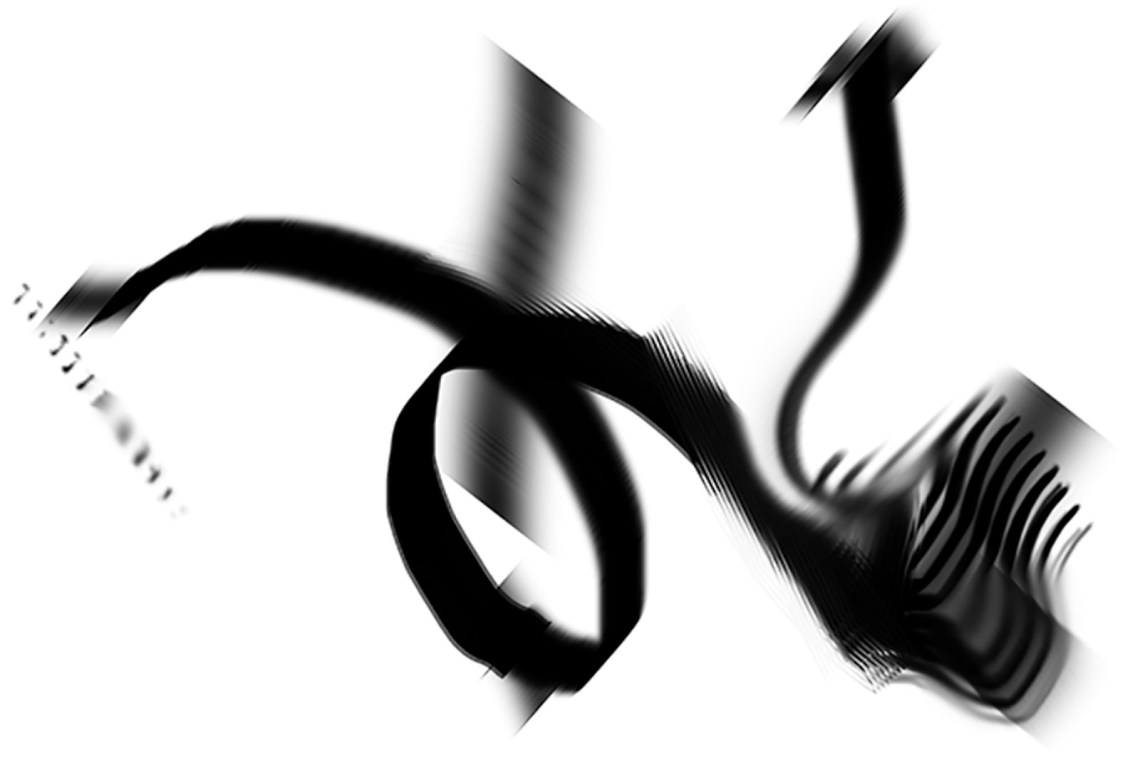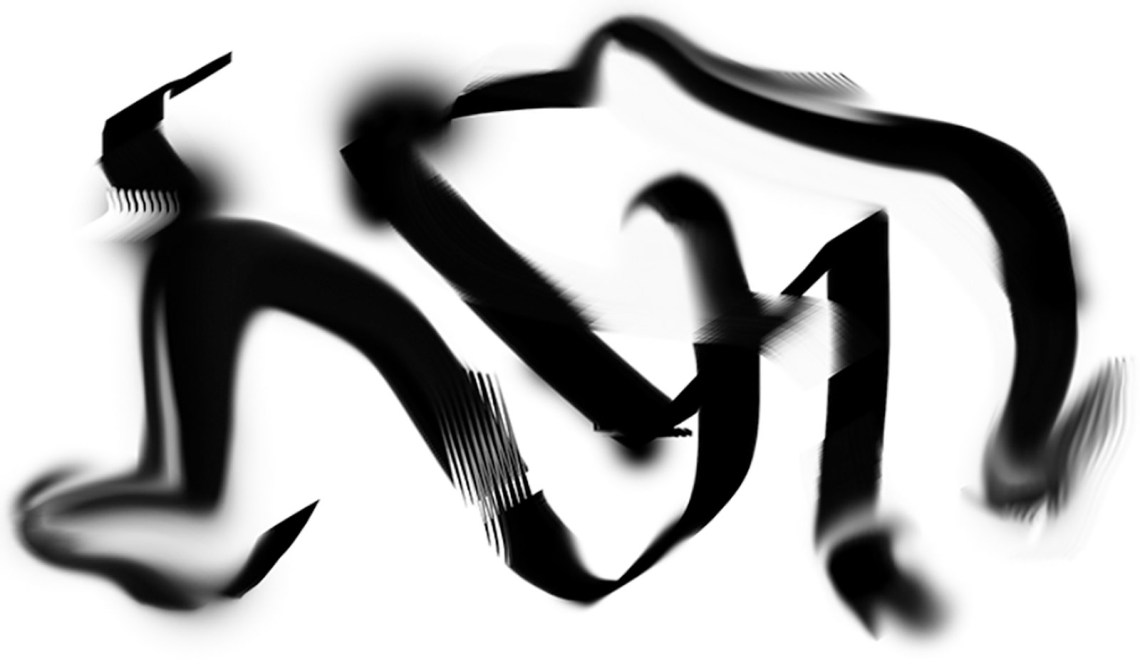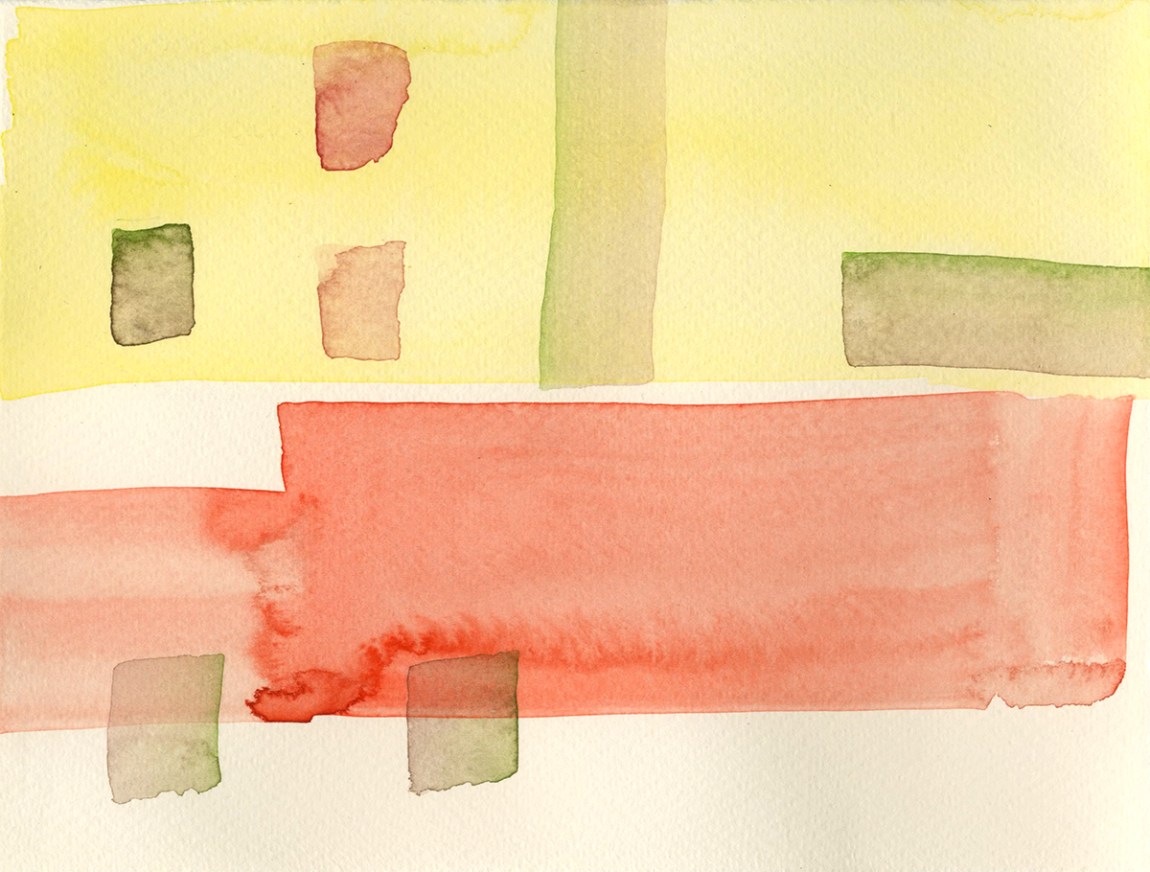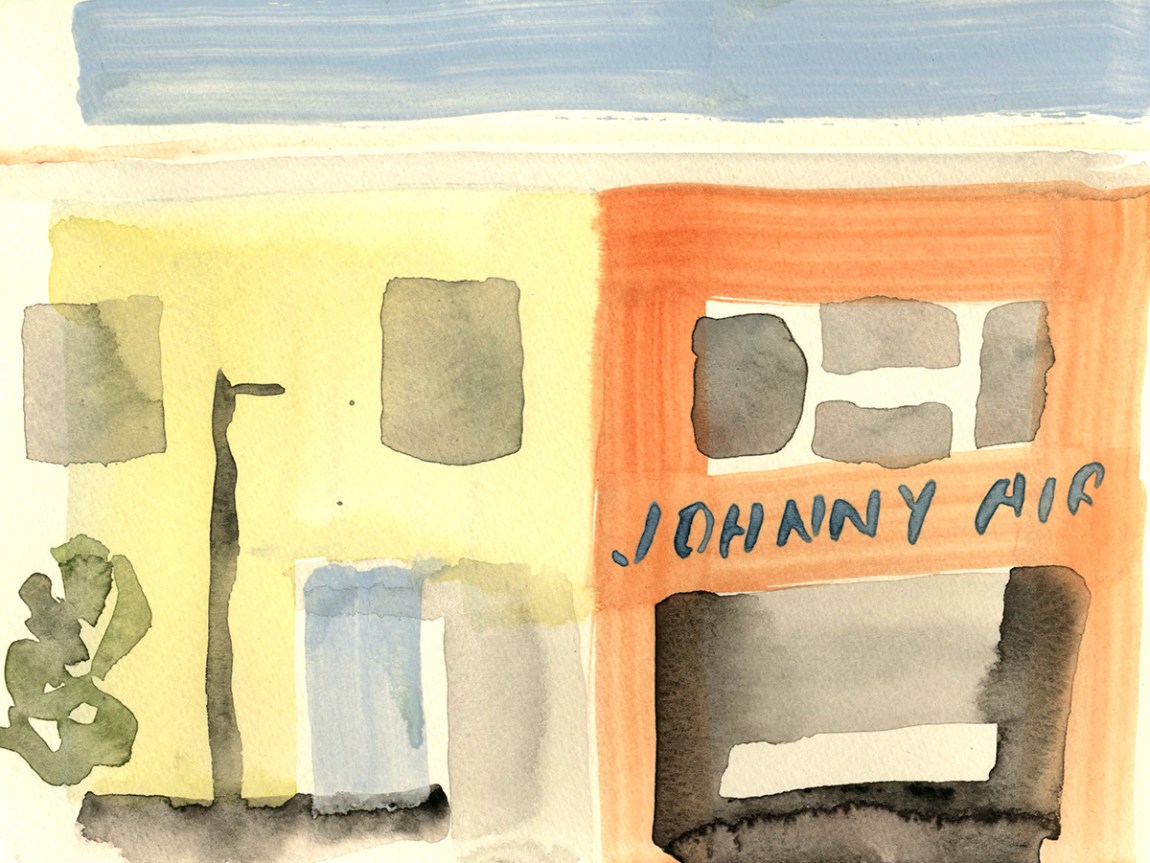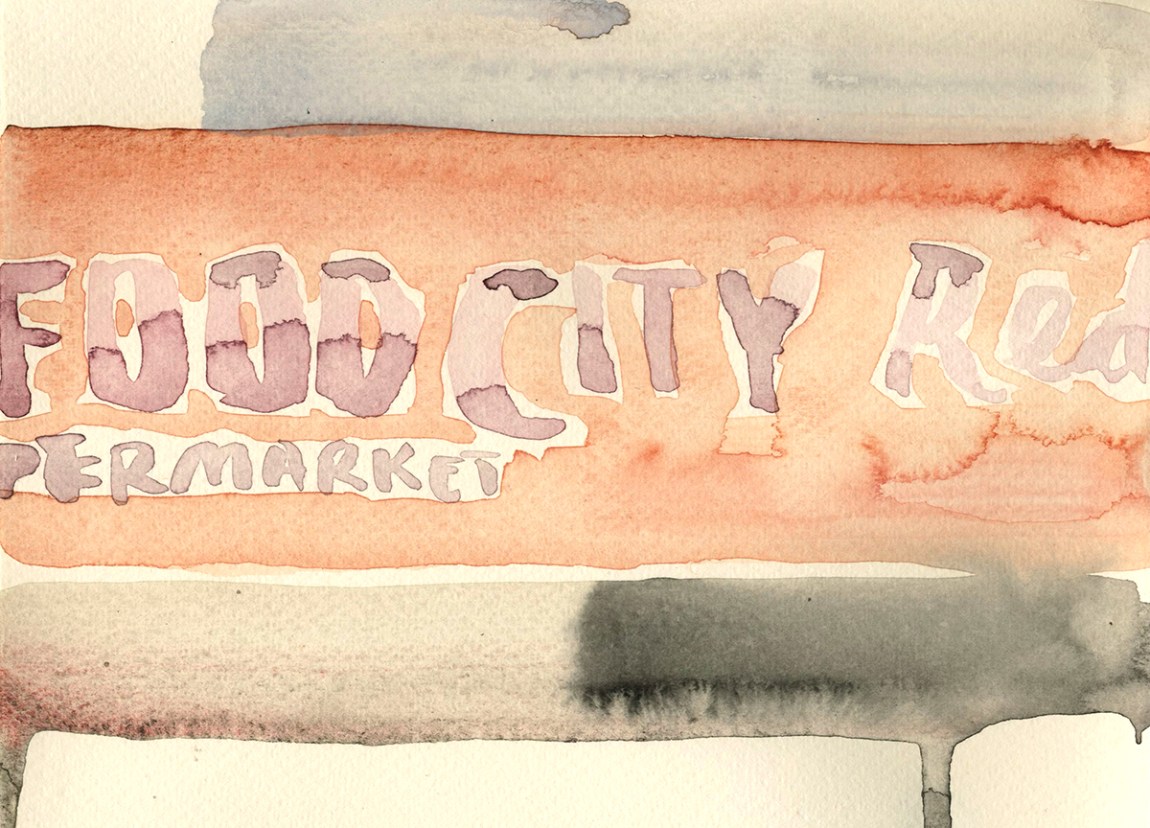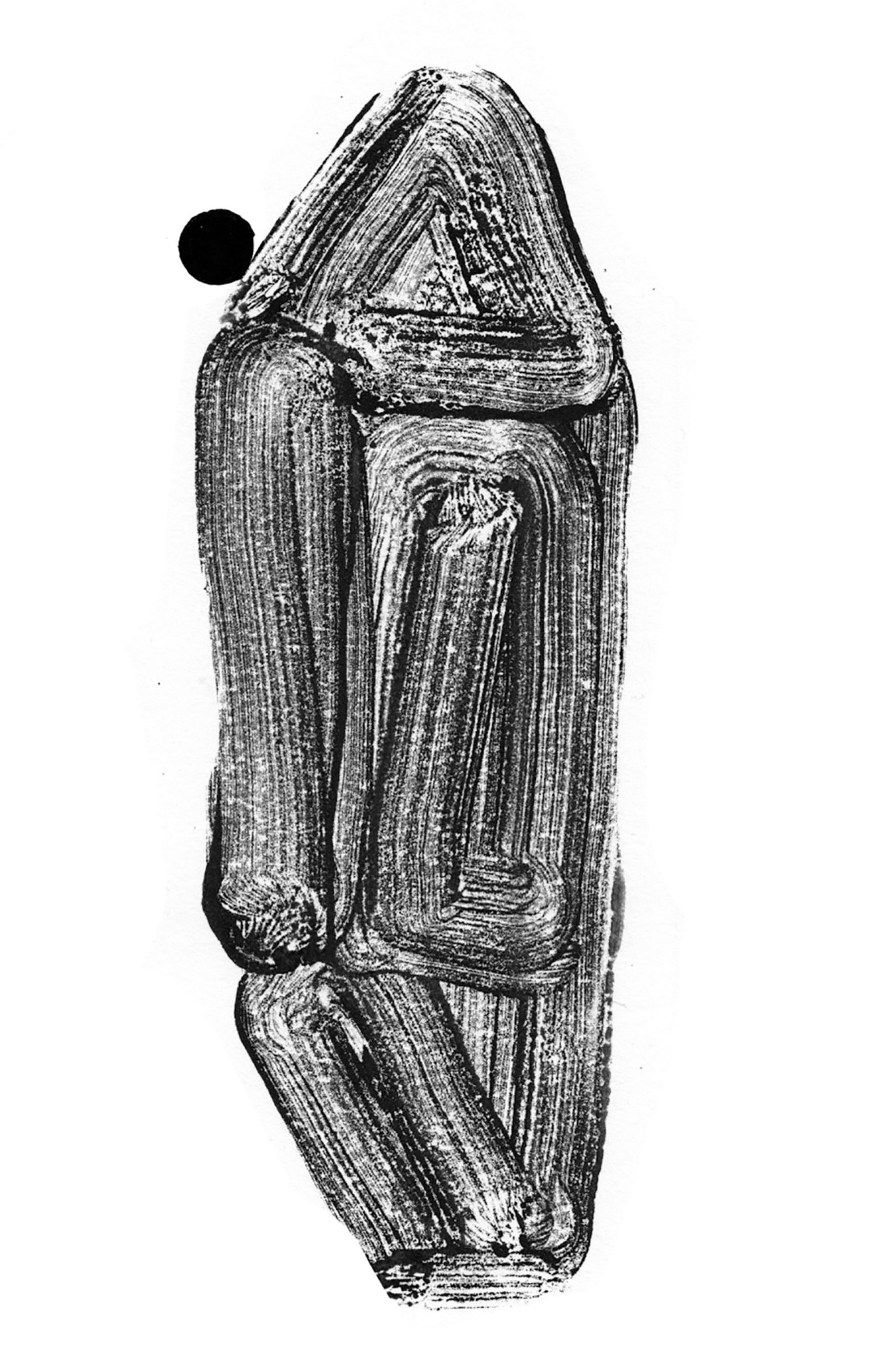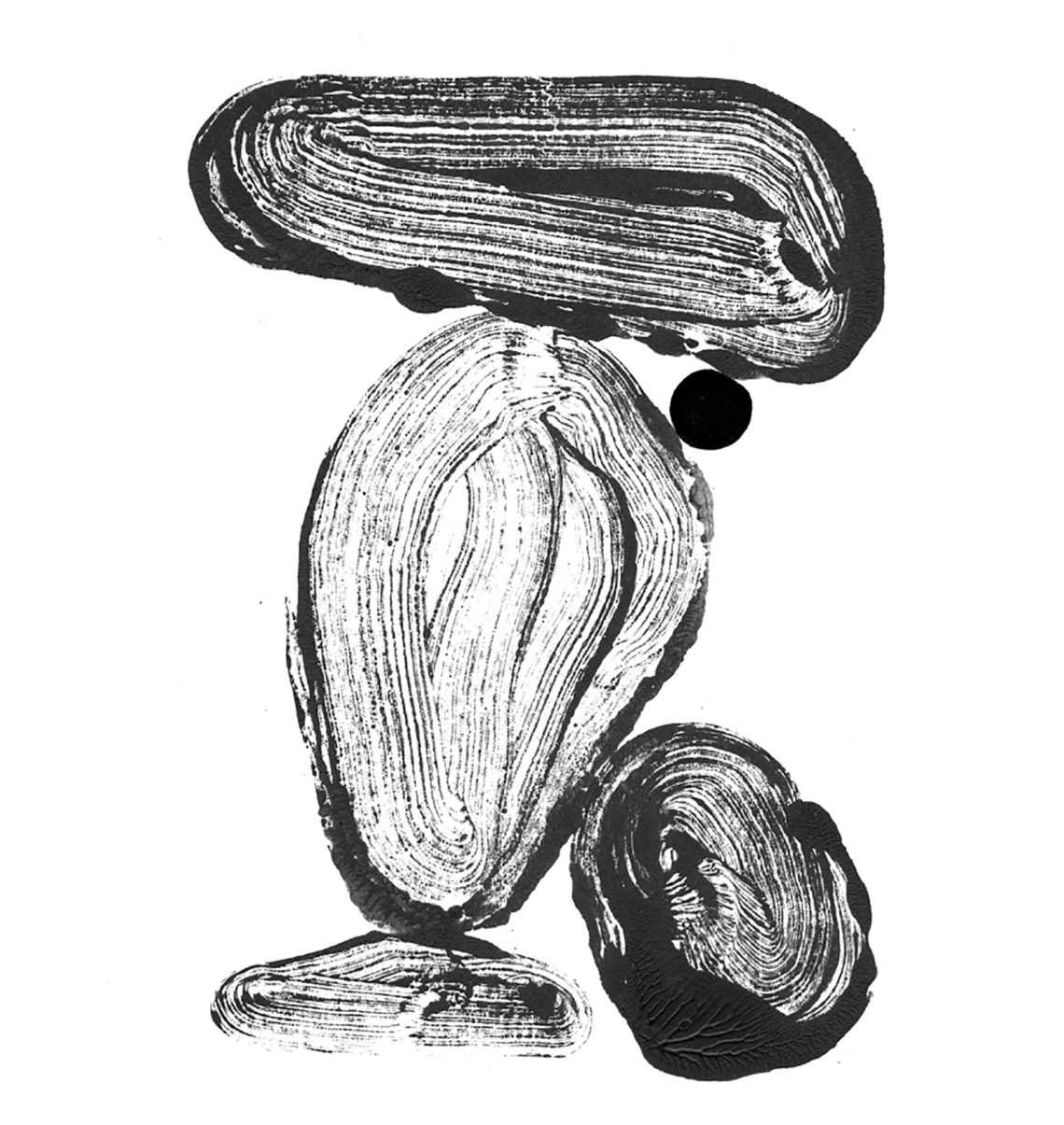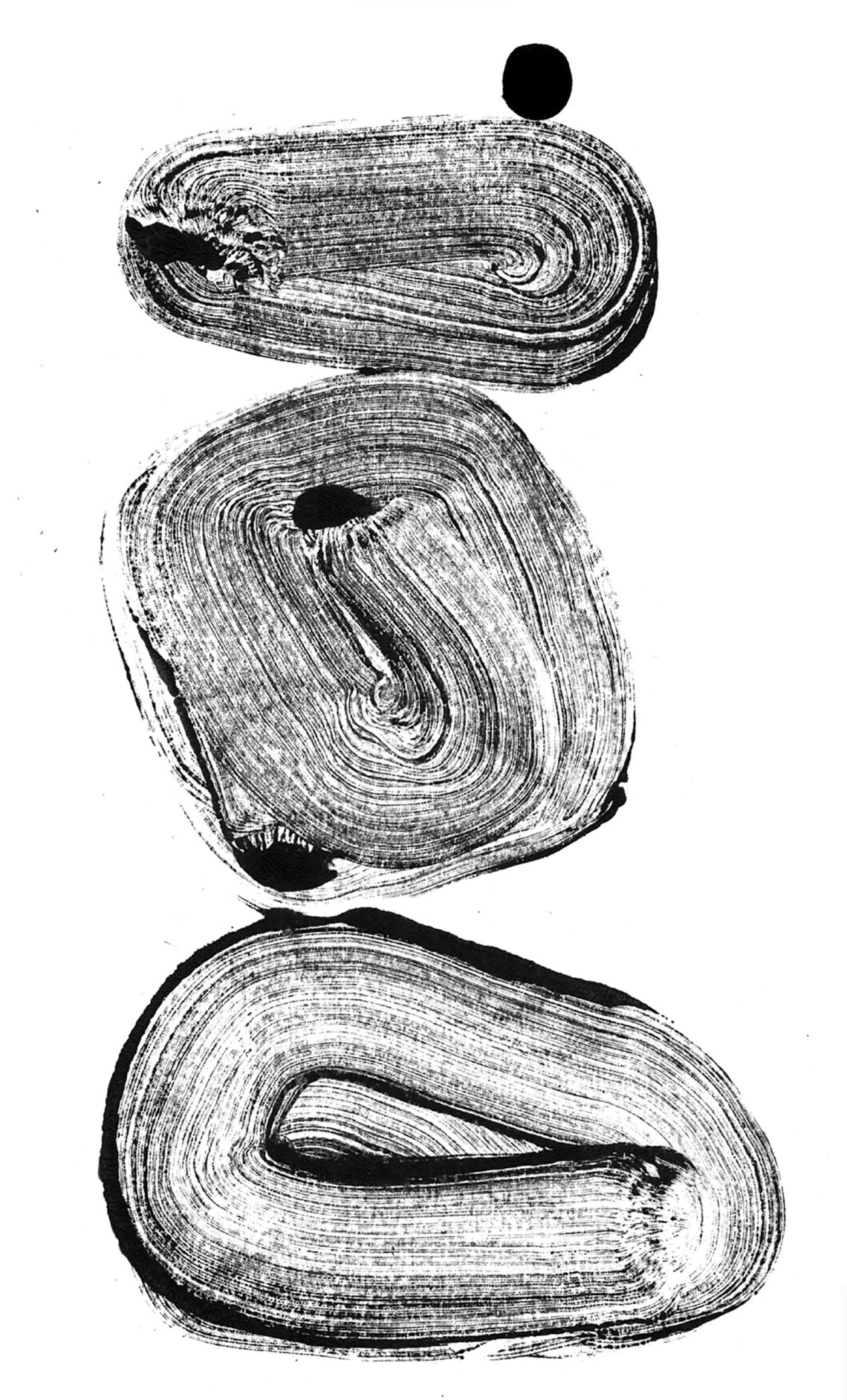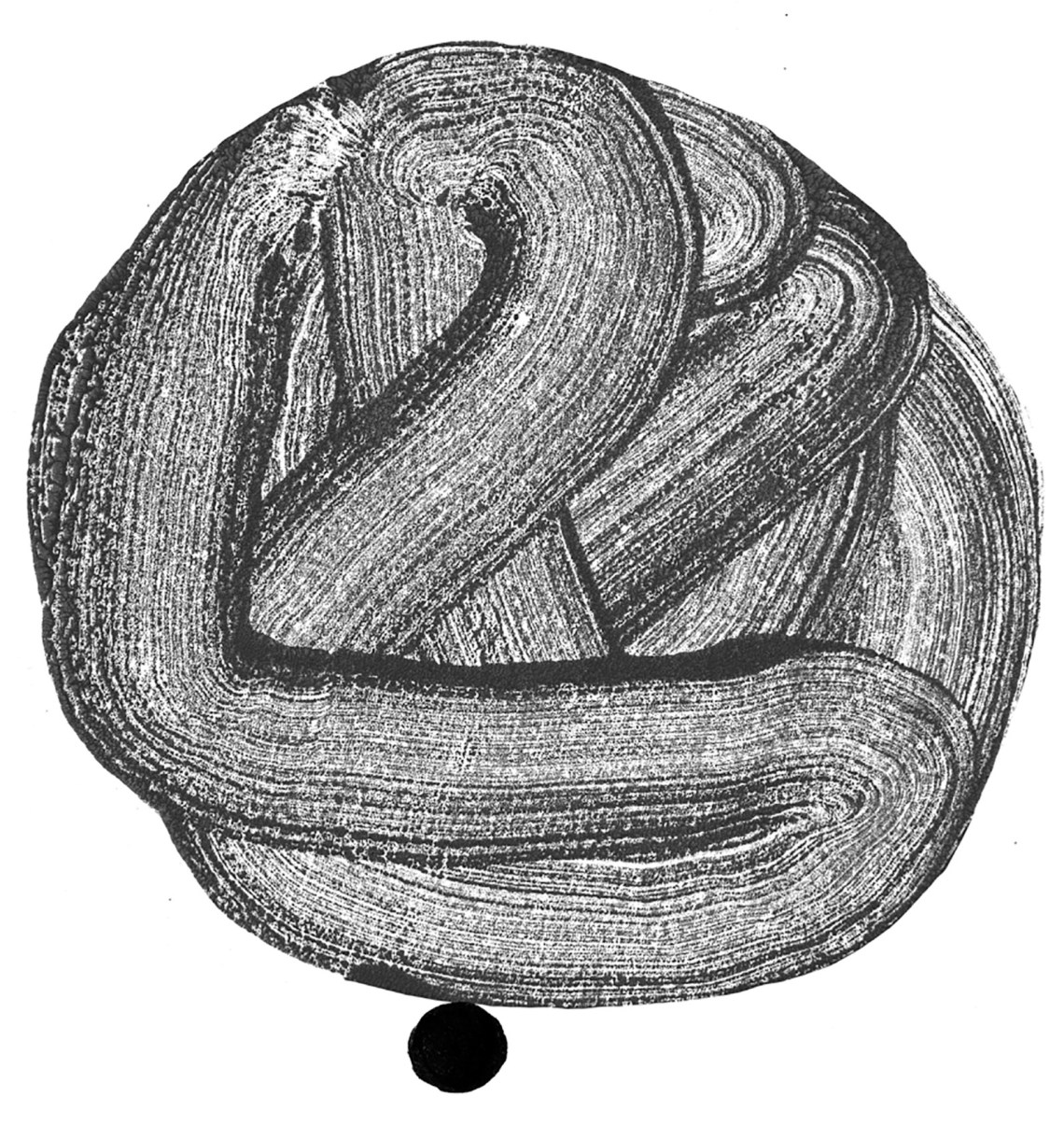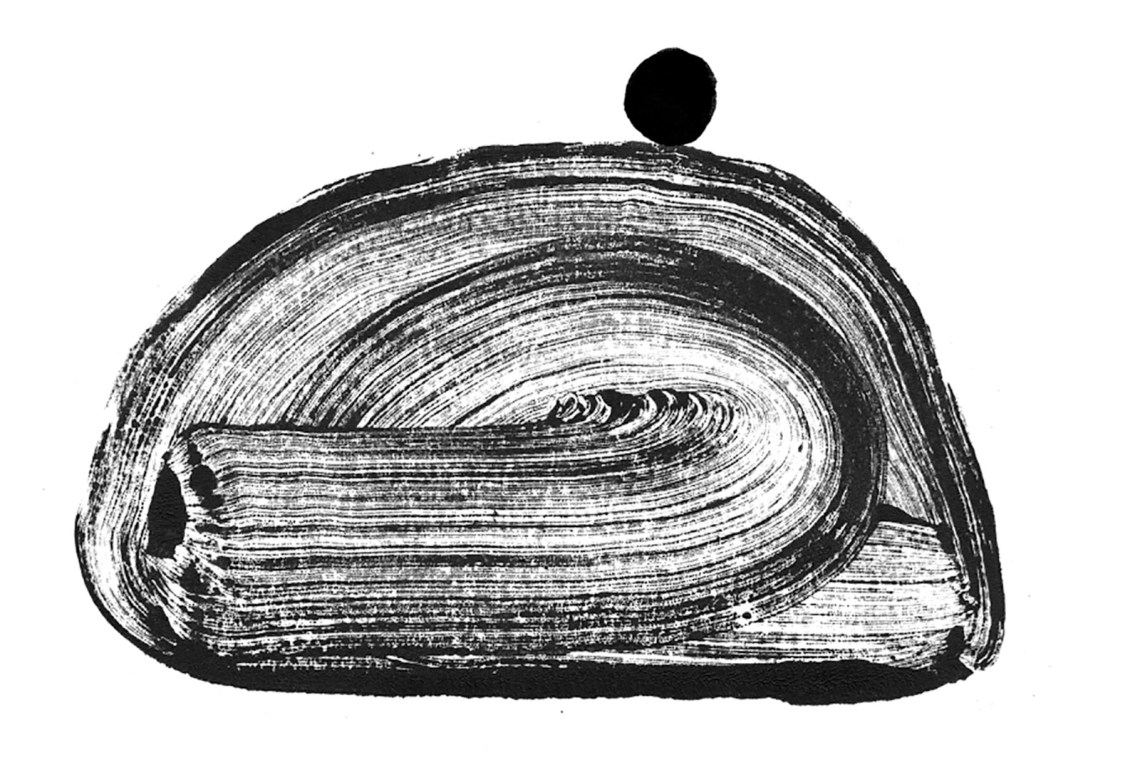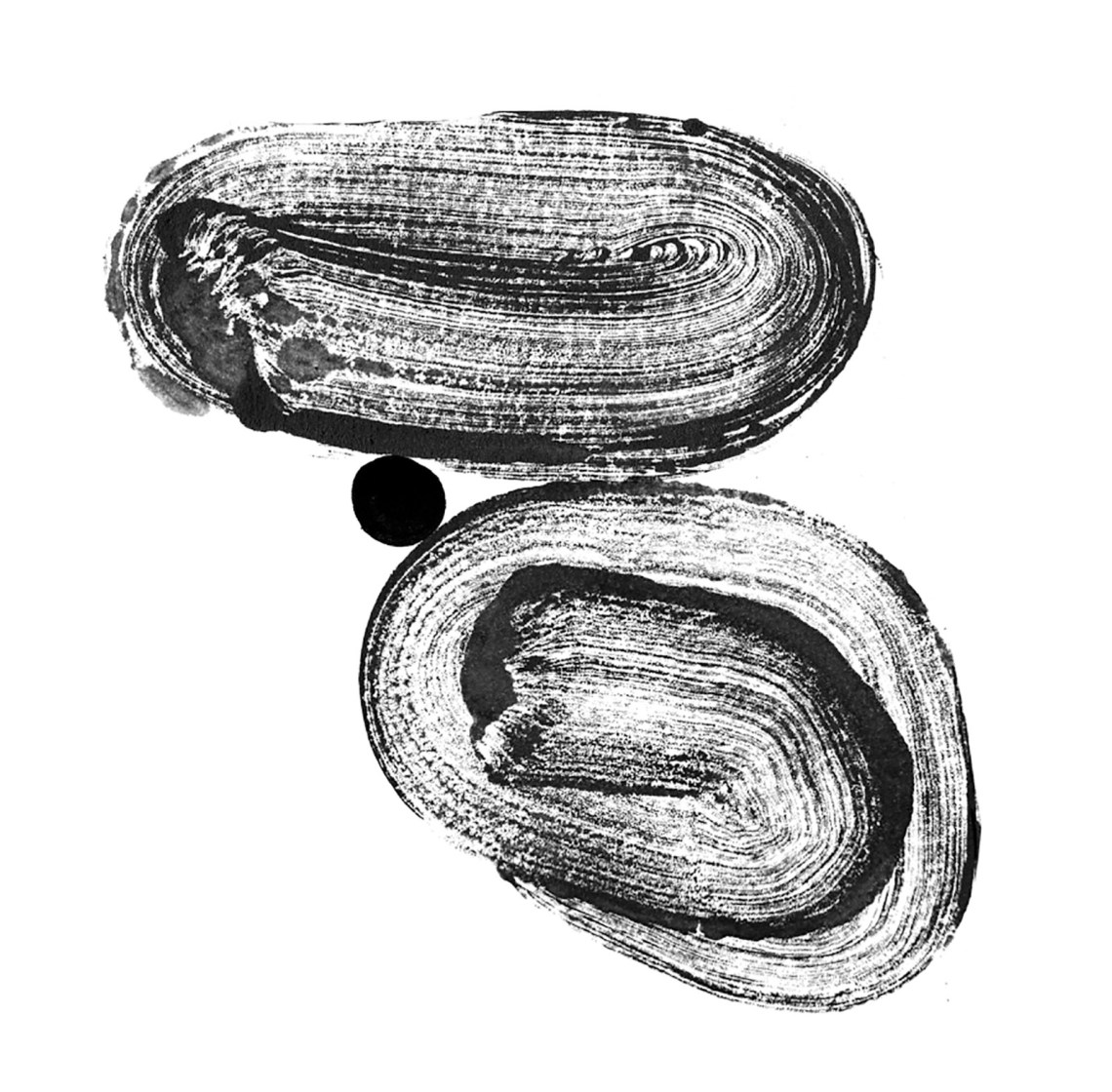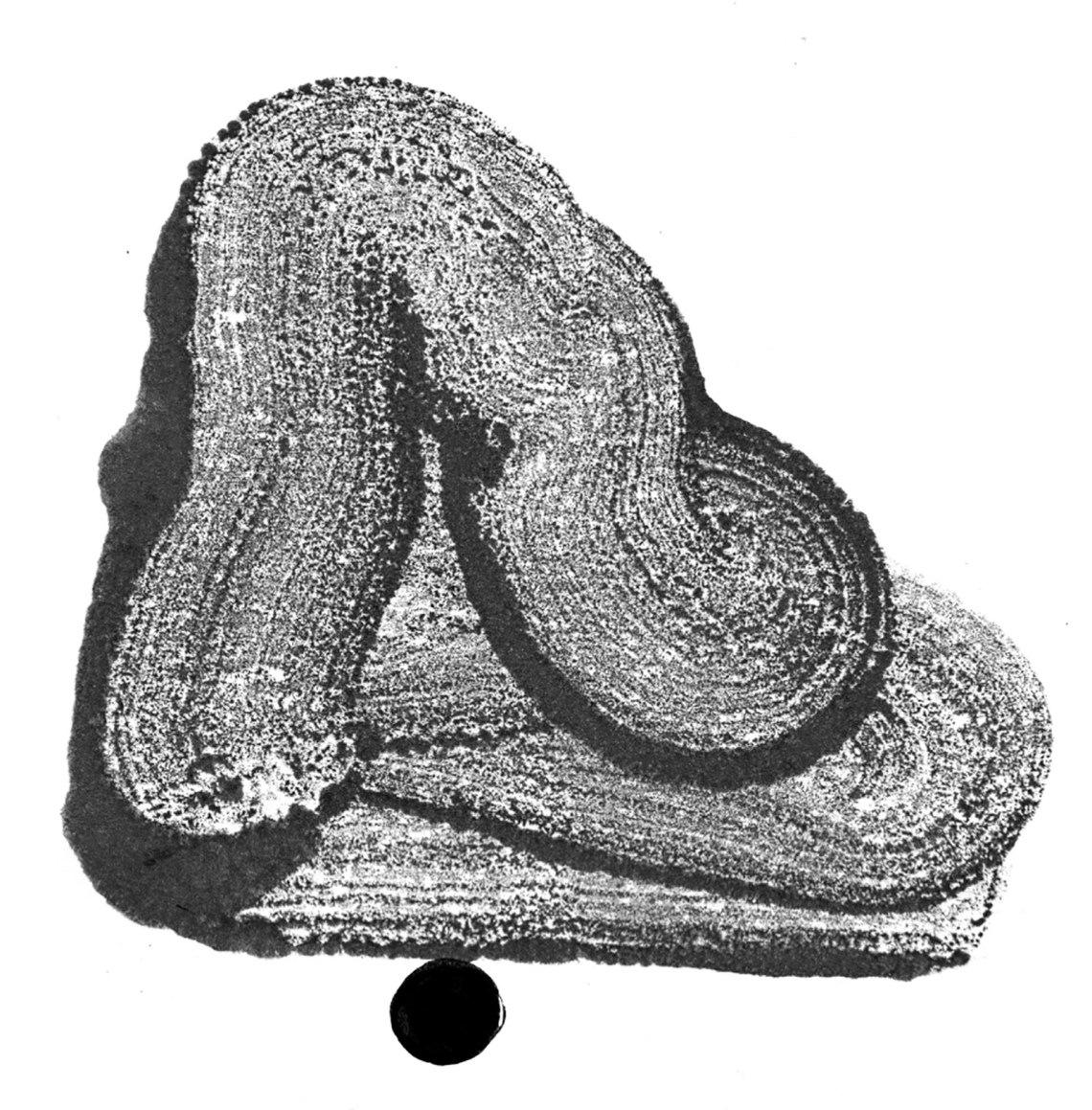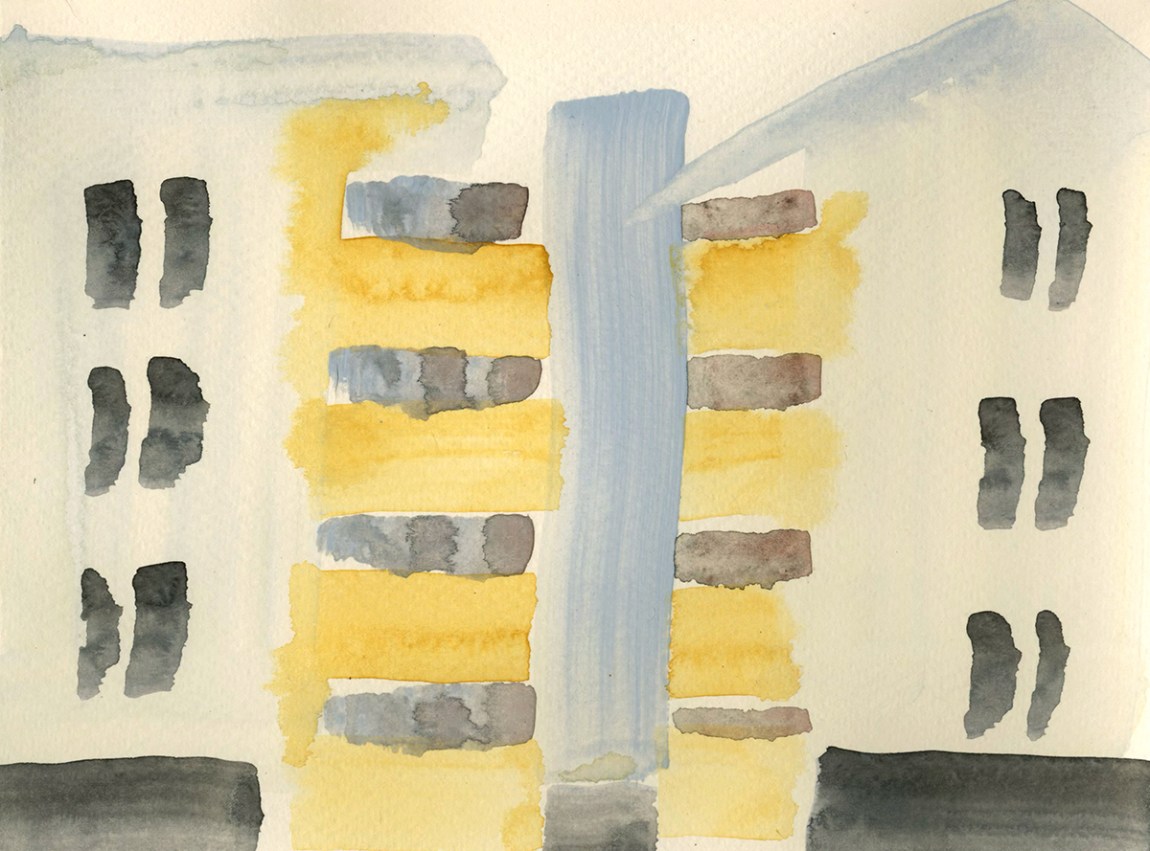Shortly after closing the June 22 issue of the Review, I flew to LA to chip away at a book deadline. I stayed in Silver Lake, near Historic Filipinotown—Filtown, or HiFi—where I stocked up on pan de sal and adobong mani (garlic peanuts) to have on hand while I worked. At the bottom of a steep flight of stairs is a restaurant my tita declared “not authentic pinoy,” but where my boyfriend and I happily had tofu adobo and lumpia with San Miguels.
The June 8 issue of the Review features an essay by Yasmine El Rashidi about the Lebanese writer and painter Etel Adnan, who, Rashidi writes, “referred to her paintings as writing, too, and vice versa.” Since I started this job in 2021 I’ve pulled away from using art drawn from our editorial coverage on the covers; instead I like to feature a piece of art, usually extant rather than commissioned, that obliquely illustrates some of the issue’s themes, or that my fellow editors and I agree just feels right. For this issue, however, I was happy for an excuse to use art by Adnan on the cover. After two days of deliberations, we landed on a 2011 lithograph called Soleil lointain (2017), a bright landscape to herald warmer weather. Inside the issue, alongside El Rashidi’s essay, we ran Adnan’s skylike etching Journey (2018). Both of the Adnans aligned with Nick Laird’s poem in the issue, “Talking to the Sun in Washington Square.”
For Kevin Power’s review of Nicole Flattery’s novel Nothing Special, I wrote to the Brazil-born artist Laura Lannes, who gave us a wonderful portrait of Claudia Durastanti a year ago. Lannes framed Flattery in rose-colored tinfoil, in a nod to the novel’s Warholian milieu. Another pinkish portrait came in from Vivienne Flesher, who made a delicate drawing of Siddhartha Mukherjee for Laura Kolbe’s review of his recent book, The Song of the Cell: An Exploration of Medicine and the New Human.
I turned to Andrea Ventura for a portrait of the Latvian writer Marina Jarre to illustrate Vivian Gornick’s review of Return to Latvia and Distant Fathers, newly translated into English by Ann Goldstein. Ventura captured Jarre’s thoughtful gaze and put her in a striped sweater. For John Washington’s review of Javier Zamora’s memoir, Solito, I wrote to the Argentinean illustrator Sol Cotti, who had sent me samples of her work. She e-mailed a handful of sketches; we went with a bright, direct portrait.
The issue ends with a review by Thomas Powers of Our Story of Eagle Woman: Sacagawea: They Got It Wrong by the Sacagawea Project Board of the Mandan, Hidatsa, and Arikara Nation. The children’s book illustrators Carson Ellis and Jon Klassen put me in touch with the Vancouver-based Cree-Métis writer and illustrator Julie Flett, who won Canada’s Governor General’s Literary Award for her illustrations for the book When We Were Alone. She said the piece resonated with her, as she has family from North Dakota, and despite a tight book deadline she agreed, to my delight, to take the assignment. She gave us an aged, demure Sacagawea in a field of wildflowers and corn, looking somehow proud that she has eluded the historical authorities.
Series art for the June 8 issue was done by Michael Schmelling, a multitalented photographer- illustrator-designer who sent warped, fluid, digital abstractions.
The cover of our June 22 issue, in which Gregory Hays reviews five books about cats and cat culture, features a version of Old Cat, a 2022 painting by David Shrigley of a big blue cat. The cover meeting over this one was fraught. “But it’s just a cat!” “But it’s a blue cat.” “But the painting is too crude!” “But Shrigley is a genius!” Cats are not scarce in art, but it finally came down to a choice between one of Gwen John’s deft sketches of her cat and Shrigley’s old blue one. In the end we went with the blue.
In the same issue Fara Dabhoiwala reviewed Dennis Duncan’s Index, A History of the: A Bookish Adventure from Medieval Manuscripts to the Digital Age. We wanted something a bit conceptual, a bit dexterous, so I texted the brilliant designer and artist Rodrigo Corral, who gave me some of my first work on book covers when he was an assistant at Farrar, Straus and Giroux in1997. (Eventually he became FSG’s creative director and the creative director at large for New Directions.) He sent three sketches, the best of which was a take on the computer desktop as codex.
I asked Michelle Mildenberg—whose last illustration for us was of Namwali Serpell wearing a wonderful sweater with a hairdryer on it—to do a portrait for Rachel Donadio’s review of Ann Jefferson’s Nathalie Sarraute biography. Mildenberg sent a severe-looking Sarraute, which I felt resonated with Donadio’s description of her as an “intensely cerebral” novelist, “frenemies” with Beauvoir and Beckett. To take on Leo Tolstoy and his beard, for a review by Gary Saul Morson, I wrote to Yann Kebbi and crossed my fingers. He replied in the enthusiastic affirmative and sent a wooly sketch a few days later.
Advertisement
Series art in the issue is by Romy Blümel, who, upon noticing the abstract pieces in past issues, sent studies of dots and mounds.
My forays through Filipinotown and my conversations with my aunt over fancy Silver Lake pastries about our family coming to Canada on planes and boats in the 1960s and 1970s makes me think of of Ruth Franklin’s examination, in the June 22 issue, of US immigration policy before and during the Holocaust. I try to imagine how different the cultural landscape of LA—and all of North America—might look had the US relaxed its restrictions and allowed in families like Anne Frank’s, when, in the 1940s, they made every attempt to enter.


